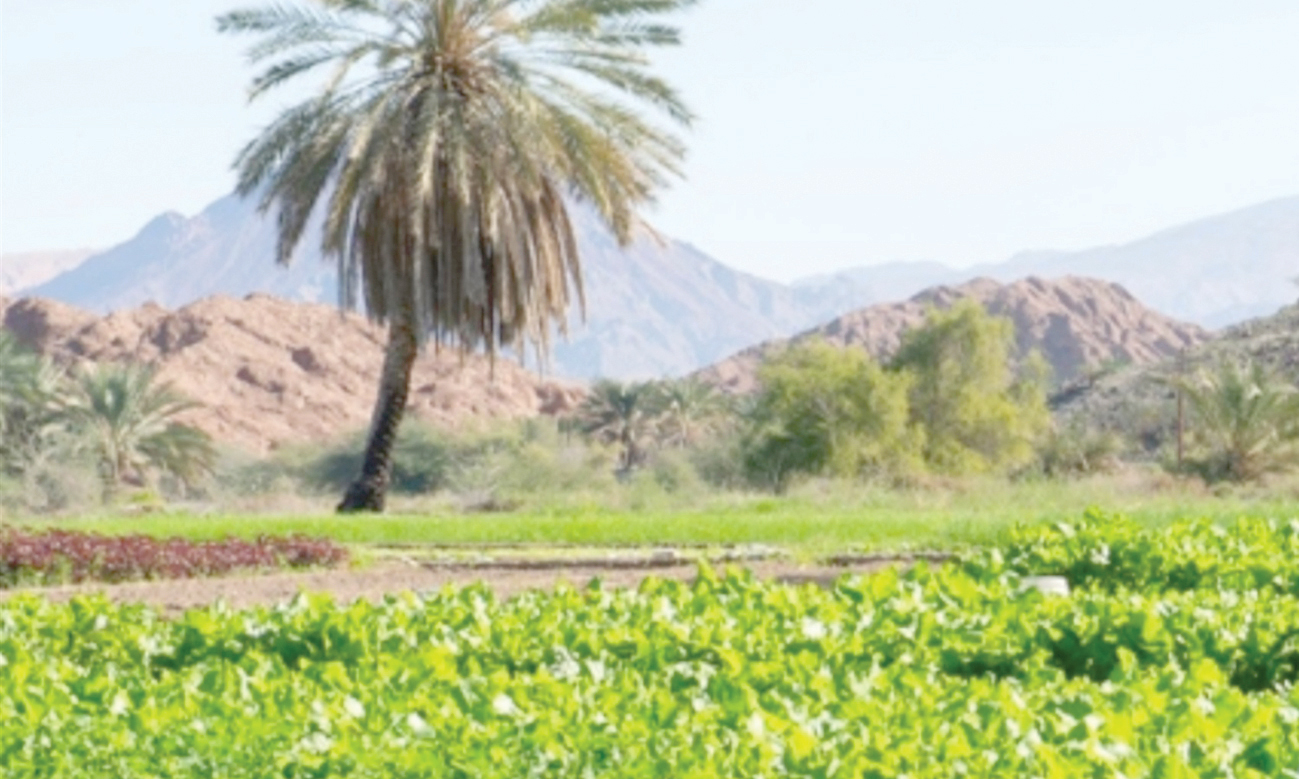

Oman’s diverse agro-climatic regions have set an impressive ground for the country’s rich biodiversity for food and agriculture. The Food and Agriculture Organisation (FAO) has dwelt upon Oman’s well-perceived plan to protect the country’s biodiversity that forms the basis for the long-term national economic plan in terms of diversification of the agricultural production and sustainable utilisation of existing resources.
Among the livestock, the country has a wide diversity of animal breeds of sheep, goats, cattle, and camel, besides crop plants for food or feed purpose in addition to other human use.
Among the important crop plant species are field crops, vegetables, fruit trees, forest trees, and rangeland pasture species and a few aromatic and medicinal plant species “which are known to be grown in the Sultanate since time immemorial.”
“Oman has not only several locally adapted breeds of both small and large ruminants besides poultry, but it has also diverse cultivars and landraces of crop species and unexplored wild relatives of some crop plants as well as wild foods in the forest areas which can be explored for use,” the report said.
The FAO, however, has listed some challenges for the country’s agricultural biodiversity. Soil quality, water salinity, drought, scarcity of irrigation water, and high grazing pressure by the increased number of livestock, are some major challenges listed in the FAO report.
“These factors are inevitably posing a serious threat to the very survival of Omani indigenous species and cultivars in its rich biodiversity. A similar situation exists concerning aquaculture and fisheries. It is a challenge for the institutions of Oman to revert this trend through an integrated and balanced approach, which takes advantage of the expertise and capacity of all national stakeholders,” the report said.
Being associated with the Convention on Biological Diversity (CBD), Oman holds good knowledge of the status and biodiversity trends. It has its national biodiversity strategy and action plan (NABSAP) since the 1990s.
The report hailed trends in many species and communities of biodiversity. “They are documented and monitored, and new research programmes have been initiated to fill key gaps by the relevant stakeholders especially on the topics of climate change, invasive species, wild crop relatives, marine environments and forest species for food.”
However, the drivers of changes in Oman’s biodiversity, according to the FAO, are not clear to establish the components.
The major needs to improve optimum utilisation of the country’s biodiversity have been found in the identification of the crops and their indigenous landraces and nature of utilisation such as finding indigenous landraces tolerant to witches broom in lime, dubas bug in date-palms, mango decline in mango and salinity in the field, vegetable and forage crops for sustainable development in agriculture. The report emphasised on taking steps to avoid duplication of activities in utilisation of plant genetic resources for food and agriculture among the stakeholders.
Among the needs, it is important to “increase capacity of the stakeholders in the field of biodiversity through academic and in-service training programmes, and collaboration with agricultural private sectors to develop a national project and plan of action for breeding and seed production of biodiversity,” said the report.
Oman Observer is now on the WhatsApp channel. Click here



